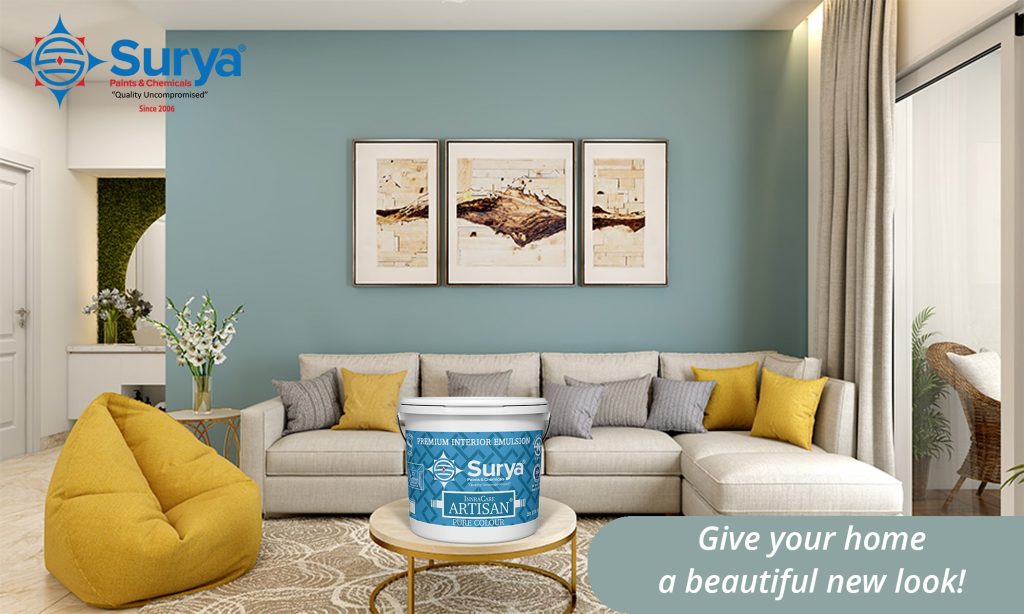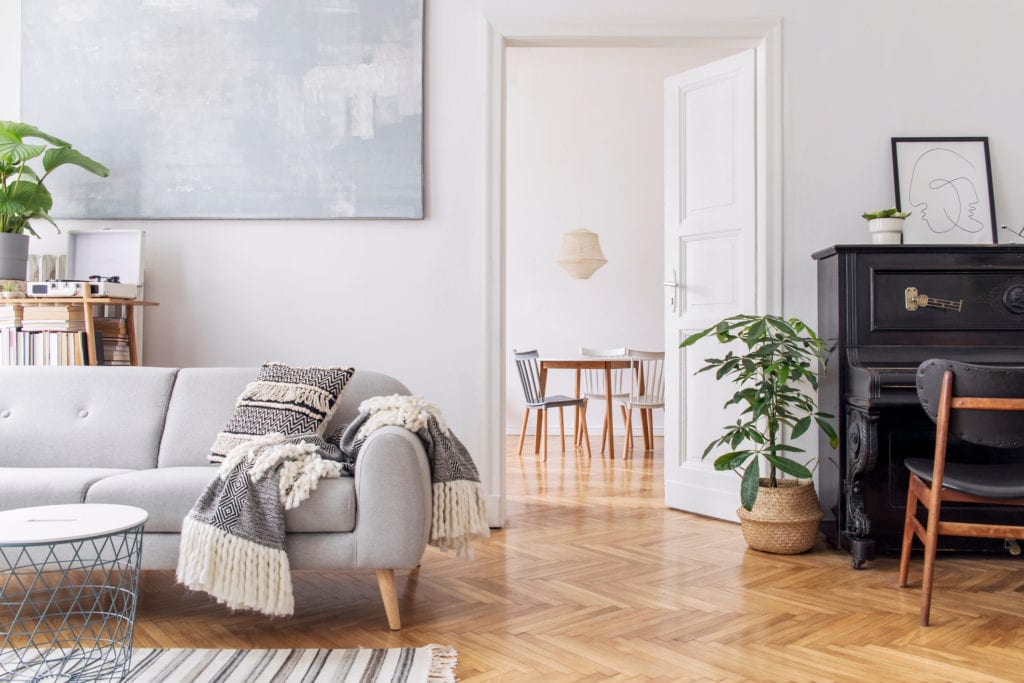
A Quick Guide to Color for Interior Design


A Quick Guide to Color for Interior Design:

Remember that interior design is subjective, and the goal is to create a space that reflects your personality and brings you joy. Don’t be afraid to experiment and have fun with color to create a beautiful and harmonious environment that suits your preferences and lifestyle.

Share